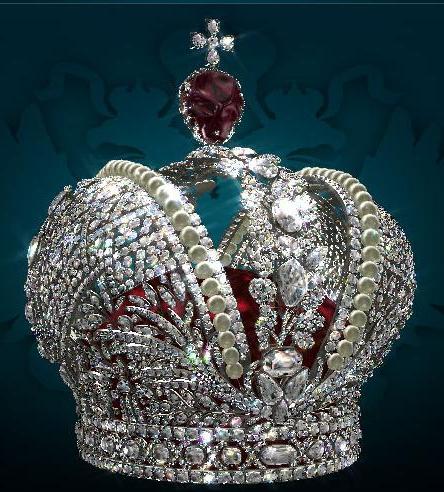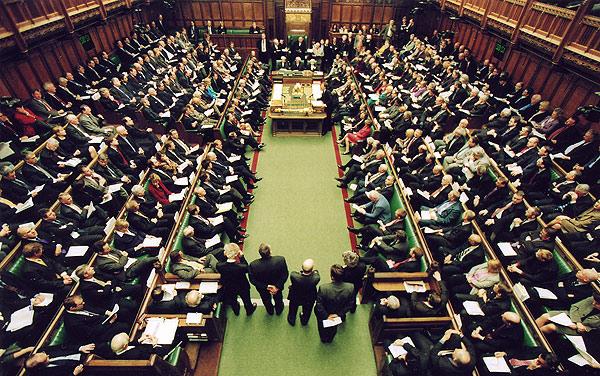Territories before 1917: governorship, province and province of the Russian Empire
The division of the country into managed regions has always beenone of the foundations of the state system of Russia. The borders within the country change regularly even in the 21st century, subject to administrative reforms. And at the stages of the Moscow kingdom and the Russian Empire, this happened much more often because of the accession of new lands, the change of political power or course.
The division of the country in the 15-17th centuries
At the stage of the Moscow state, the mainThe territorial-administrative unit was the counties. They were located within the boundaries of the once independent principalities and were governed by the governors who were appointed by the tsar. It is noteworthy that in the European part of the country large cities (Tver, Vladimir, Rostov, Nizhny Novgorod, etc.) were independent administrative territories and did not belong to the district, although they were their capitals. In the 21st century in a similar situation was Moscow, which is the center of its region de facto, but de jure is a city of federal significance, that is, a separate region.
Each county, in turn, was divided into volosts -areas, the center of which was a large village or a small town with adjoining lands. Also in the northern lands there was a division into mills, pogosts, villages or villages in various combinations.
Borderline or recently affiliatedterritories did not have counties. For example, the lands from Onega Lake to the northern part of the Ural Mountains and up to the shores of the Arctic Ocean were called Pomorie. And the Left-Bank Ukraine, which was part of the Moscow kingdom at the end of the 16th century, was divided into regiments - Kyiv, Poltava, Chernigov,

In general, the division of the Moscow state wasvery confusing, but allowed to develop the basic principles on which the management of territories was built in the next centuries. And the most important of them is unity of command.
Division of the country in the 18th century
According to historians, the emergence ofadministrative division of the country took place in several stages-reforms, of which the main were in the 18th century. Gubernias of the Russian Empire appeared after the Decree of Peter I in 1708, and at the beginning they were only 8 - Moscow, St. Petersburg, Smolensk, Arkhangelsk, Kiev, Azov, Kazan and Siberian. A few years later, the Riga and Astrakhan provinces were added to them. Each of them received not only land and a governor (governor), but also his coat of arms.
The educated regions were excessively large and therefore poorly managed. Therefore, the following reforms were aimed at reducing them and dividing them into subordinate units. The main milestones of this process are:
- The second reform of Peter I from 1719, when the provinces of the Russian Empire were divided into provinces and districts. Subsequently, the latter were replaced by counties.
- Reform of 1727, which continued the process of unbundling the territories. According to its results, there were 14 provinces and 250 counties in the country.
- Reform of the beginning of the reign of Catherine I. During 1764-1766, the formation of frontier and remote territories in the province took place.
- The Catherine Reform of 1775. Signed by the Empress "Institution for the management of the provinces" marked the largest administrative and territorial changes in the history of the country, lasting 10 years.
At the end of the century the country was divided into 38vicinities, 3 provinces and a region with a special status (Taurian). In all regions, 483 counties were allocated, which became a secondary territorial unit.
The governorship and province of the Russian Empire in the 18th century did not last long in the borders approved by Catherine I. The process of administrative division continued in the next century.

Division of the country in the 19th century
The term "provinces of the Russian Empire" waswas returned during the reforms of Paul I, who made an unsuccessful attempt to reduce the number of regions from 51 to 42. But most of the transformations that he carried out were subsequently abolished.
In the 19th century, the processadministrative-territorial division focused on the formation of regions in the Asian part of the country and in the adjoining territories. Among the many changes particularly worth mentioning are the following:
- Under Alexander I in 1803 appeared Tomsk andYenisei province, and from the composition of Irkutsk lands was allocated Kamchatka region. In the same period, the Grand Duchy of Finland, the Kingdom of Poland, Ternopil, Bessarabia and Bialystok Province were formed.
- In 1822, the lands of Siberia were divided into two general-governorates - the Western with the center in Omsk and the Eastern, having the capital Irkutsk.
- Closer to the middle of the 19th century on the annexedThe Tiflis, Shemakha (later the Baku), Dagestan, Erivan, Tersk, Batum and Kutais provinces were created in the Caucasus lands. A special area of the Kuban Cossack army arose next to the lands of modern Dagestan.
- The Primorsky region was formed in 1856 from thehaving access to the sea territories of the East Siberian Governor General. Soon the Amur region, which received the left bank of the river of the same name, was separated from it, and in 1884 Sakhalin Island was granted the status of a special department of Primorye.
- The lands of Central Asia and Kazakhstan were annexed in the 1860s and 1870s. Obtained territories were organized in the region - Akmola, Semipalatinsk, Ural, Turkestan, Transcaspian, etc.
In the regions of the European part of the country there were alsomany changes - borders often changed, lands were redistributed, renaming took place. In the course of peasant reforms, the counties of the province of the Russian Empire in the 19th century were divided into rural volosts for the convenience of distribution and accounting of land.

Division of the country in the 20 th century
In the last 17 years of the existence of the Russian Empire in the sphere of administrative-territorial division, only two significant changes have taken place:
- The Sakhalin region was formed, which included the eponymous island and the adjacent small islands and archipelagos.
- On the adjoining lands of the south of Siberia (the modern Republic of Tuva), the Uryanghai region was established.
The provinces of the Russian Empire retained their borders and names for 6 years after the collapse of this country, that is until 1923, when the first reforms began in the USSR on the regionalization of territories.








